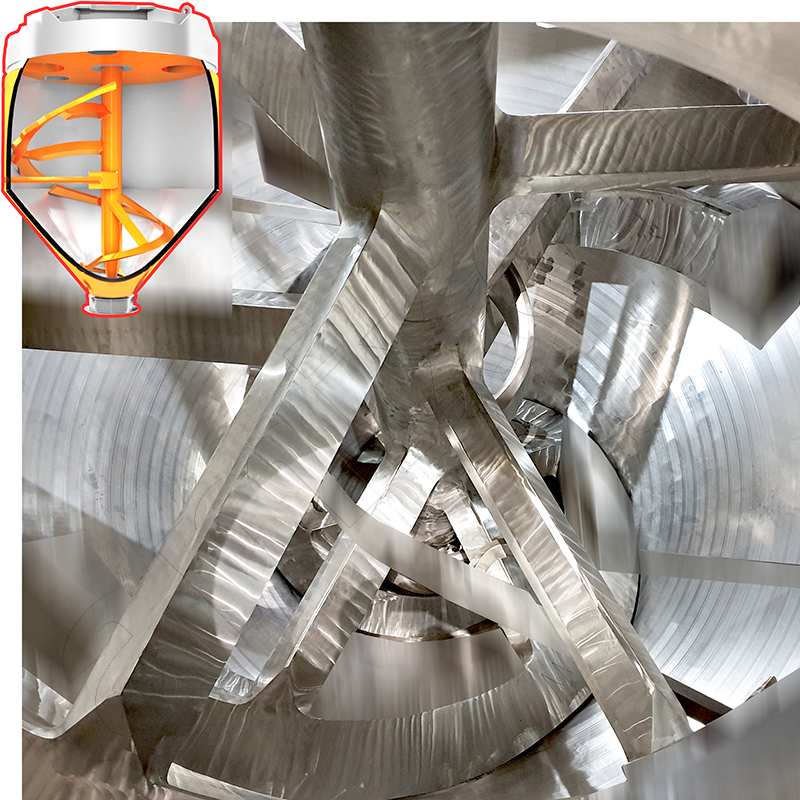
Enthalpy jump
Enthalpy (H) is a thermodynamic state variable that describes the energy contained in a system, including the volume work in relation to the environment.
Formally, enthalpy is defined as
H = U + p ⋅ V
where
- H is the enthalpy,
- U is the internal energy of the system,
- p is the ambient pressure, and
- V is the volume of the system.
Calculating with enthalpy is particularly useful for processes at constant pressure, as found in many technical applications. Changes in enthalpy (ΔH) correspond to the heat absorbed or released at constant pressure.
Enthalpy plays a decisive role in phase transitions (e.g. evaporation or condensation): additional energy is absorbed or released without the temperature changing during the phase transition. This energy transfer is referred to as latent heat or enthalpy jump.
When drying bulk solids in a vacuum mixing contact dryer, heating the double jacket of the dryer with saturated steam (thermal fluid) offers considerable advantages. The steam condenses on the inner wall and releases its condensation enthalpy. This phase change energy is referred to as enthalpy jump and causes very intensive heat transfer to the mixing chamber wall and thus to the bulk material.
The enthalpy jump also plays an important role in the recovery of the evaporated liquid in the condenser: the steam liquefies and its volume decreases dramatically. This reduction in volume significantly helps to maintain a high-quality vacuum in the vacuum mixing dryer.
amixon® synthesis reactors and vacuum drying mixers are designed to have disproportionately large heat transfer surfaces. This makes them particularly efficient and energy-saving. amixon® offers numerous test machines and guarantees excellent drying results.
